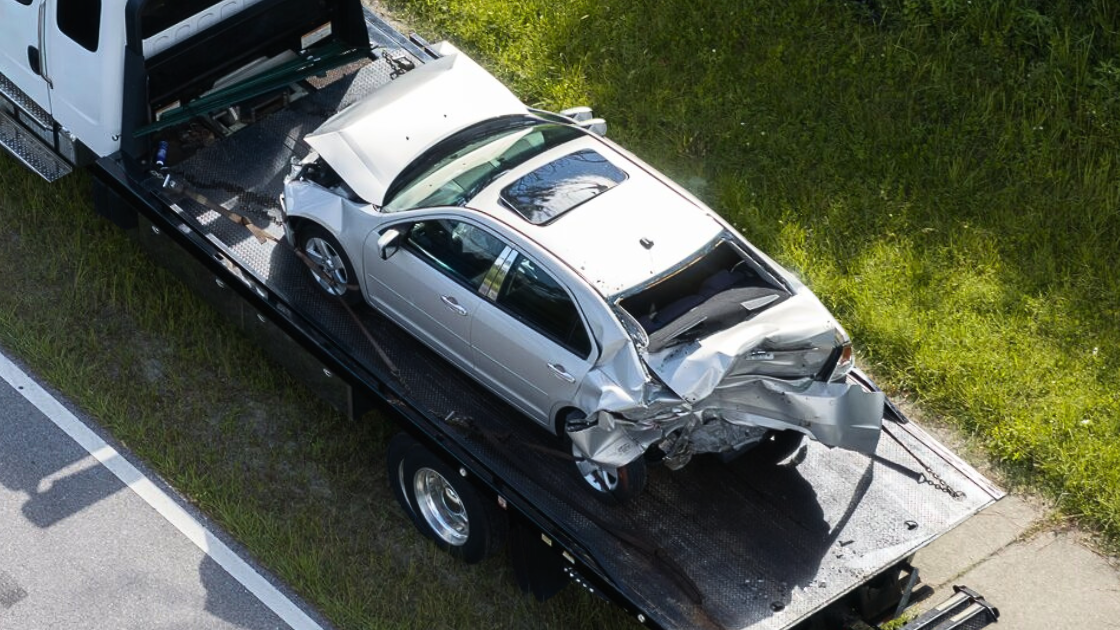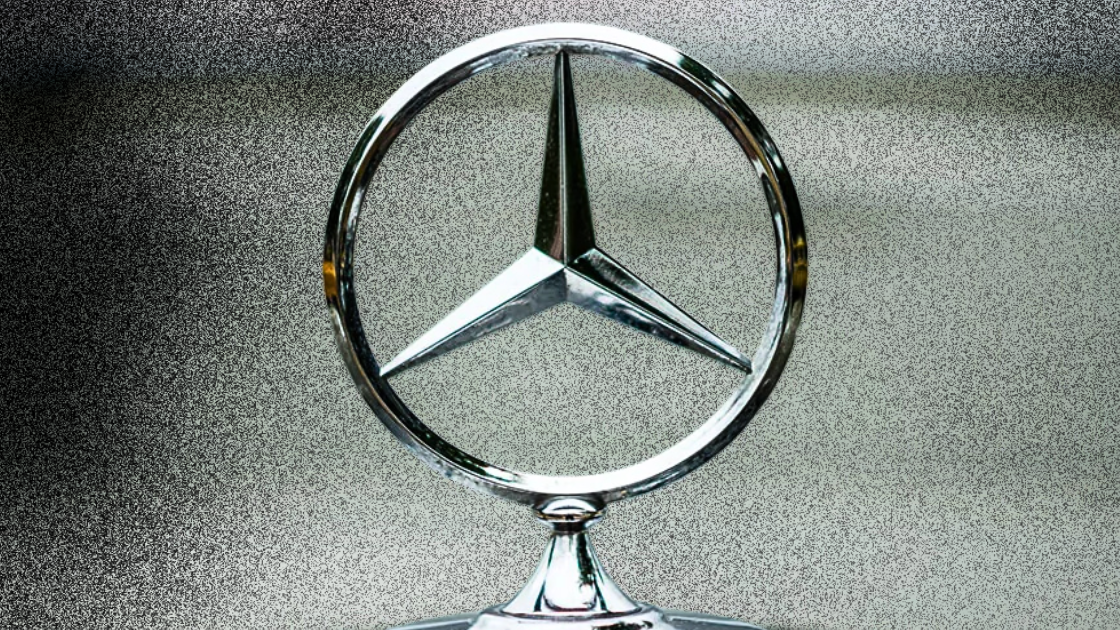Hey everyone. I recently caught up with Tony Wanderon, CEO of APCO Holdings/EasyCare, on my latest podcast. We take a deep dive into the auto-financing landscape and how dealership F&I teams are tackling topics like EVs and vehicle service contracts. Check the episode out here.
— CDG

1. Hot weather not a big concern for most EV drivers
Top line: Summer can have a negative impact on electric vehicle driving ranges, just like winter. Unlike cold weather, however, new data suggests most consumers won’t notice the impact.
Why driving range is important: Range anxiety is a key obstacle to EV adoption, but many buyers are still unaware of how drastically range can fluctuate depending on their environment. Dealers can help educate consumers on this topic and guide them to the right choice by staying informed on how EV ranges respond to different weather conditions.
Battery-focused insights platform Recurrent examined readings from 20,000 EVs during the hottest day of 2023 (July 4) to gauge the impact of heat on driving range. Here’s what they found:


Key takeaways:
Most buyers aren’t impacted: Considering the average temperature that day was roughly 88F, most EV owners lost 5% or less of their maximum driving distance. For a car with 300 miles of range, that’s less than 15 miles, a negligible amount for most consumers considering the average daily commute is around 42 miles.
The ones that are impacted are at a clear disadvantage: However, the higher the temperature, the faster EVs lose range. Drivers in the hottest climates, such as those living in Arizona or Texas, can lose almost a third of their range, forcing them to charge more frequently and plan their trips with more care (although Recurrent warns that data from EVs in 100F weather is still scarce).
Intense heat is almost as bad as the cold: At its most intense, the impact of heat on driving range is comparable to that of cold weather. Recurrent’s previous study on the effects of climate on EVs found that they also lose around 30% of their range in freezing temperatures.
Bottom line: Should EV buyers worry about range loss this summer? Thankfully, for most regions it seems the answer is no. But for those who live in areas where temperatures in the high 90s are normal it may be worthwhile talking with your dealer about how well your preferred model performs in the heat.
Become an automotive insider in just 5 minutes.
Get the weekly email that delivers transparent insights into the car market.
Join 64,000 others now, it's free:
2. Honda maintains ICE sales momentum but stumbles on EVs
Top line: With sales up 6.4% year-over-year in May, Honda continues to be a top performer in the U.S.
Here’s a snapshot of how American Honda did last month:
Combined U.S. sales of 127,129 units, up 6.4% from 2023 and the second-highest monthly total for 2024.
Excluding Acura, Honda brand sales accelerated 8.2% over the same period last year, hitting 114,388 units. Trucks were the primary driver of demand, jumping 10% to reach 76,607 units.
Similar to months before, Acura struggled to maintain momentum in May, shedding 7% of its year-over-year volume thanks to a near-40% decline in car sales. Strong demand for trucks (up 10.5%) helped prevent a steeper drop.
The CR-V was easily last month’s best-selling model, selling 37,224 units, followed by the Civic at 23,987 units.
At 2,173 units, the Acura TLX took the biggest hit last month, falling behind last year’s total by 76.5%. Similarly, Honda’s Ridgeline sold only 1,712 units, down 66.6% year-over-year.

2024 Honda CR-V
What about EVs: Interestingly, Honda’s EV volume dropped sharply from May 2023, even though hybrid versions accounted for more than 50% of sales for best-selling models like the CR-V. The automaker sold 26,995 electrified units during the month across the Honda and Acura brands, down about 16% from last year’s 32,087 units.
Year-to-date: Combining the last five months of sales, Honda is ahead of last year’s total by 11.1%, surpassing half a million units in May. While demand hasn’t been consistent between its models, this puts the brand in an excellent position to tackle the summer months.
Bottom line: If Honda can continue playing toward its strengths there’s no reason the brand couldn’t easily beat last year’s sales total of 1.3 million units.
In today's automotive landscape, car buyers invest more time than ever in researching, considering, and comparing options. But for dealers, the challenge lies in pinpointing the audience ready to make a purchase.
Enter Premier by Edmunds.
Premier offers dealers a groundbreaking way to connect with in-market car shoppers precisely when, where, and how they prefer. With over 20 million monthly visits, Edmunds.com is the go-to destination for buyers seeking market insights, expert advice, and budget tools to make informed decisions.
Through Edmunds Premier, dealers gain access to this highly coveted audience. Simply list your new and used inventory on Edmunds, and watch as qualified, in-market traffic flows directly to your vehicle detail pages on your website.
Don't miss out on this opportunity to elevate your dealership's visibility and sales performance. You can sign up for Premier today at Edmunds.com/CDG.
3. Monthly car payments and loan balances vary between states
Top line: The average monthly payment for new and used cars continues to trend above pre-pandemic averages, hitting $735 and $523, respectively, in May.
Why this matters: Car buyers continue to prioritize low payments over the total cost of ownership, as prices remain high. Unfortunately, interest rates are bloating monthly bills, making it challenging to find a good deal.
Loan balances: The average car loan balance in the U.S. stands at $5,470, according to the Federal Reserve. However, that number ranges heavily from state to state, with the Southern U.S. facing the biggest balances..
Texans face the highest loan balances out of all states, with an average unpaid amount of $7,610.
Louisiana residents come at a distant second, with $6,710 in unpaid loans.
Floridians and Georgians face similar balances, at $6,370 and $6,360.
Monthly payments: But bigger balances don’t necessarily translate to bigger monthly bills.
Montana faces some of the highest monthly car payments, with an estimated average bill of $801.91.
Alaska follows close behind, with $774.96.
Delinquencies: Delinquency rates also vary from state to state, seeming to ignore loan balances and monthly payments.
Mississippi reports the highest number of car loan delinquencies at a rate of 6.1%.
Alabama comes in second at 5.58%, followed by Louisiana at 5.44%.
Bottom line: Given inflation and affordability trends, it’s likely that monthly payments will start to normalize on their own in the coming months. Until then, however, dealers can stand out from the competition by leveraging financial incentives such as low rate offers to drive traffic to their stores.
Have a tip for our editorial team? Send us your scoop at [email protected].

FTC updates regulations to take lighter toll on dealers, consumers.
Toyota faces new round of probes after troubling details emerge.
NHTSA investigates Nissan over air bag problems.
General Motors taps two ex-Apple execs to lead software development.
UAW publishes salaries for top leaders.

We’ve got tons of great jobs hitting the CDG Job Board right now. Here are some standouts for anyone looking for their next move.
Have a background in the sales and/or service departments? Tom Whiteside Chrysler Dodge Jeep Ram is looking to fill five sales and technician roles in Ohio.
Are you a salesperson at heart? OPENLANE has 10 roles for Market Sales Managers all over the country.
Does financial management rev your engines? HGreg needs a Senior Controller based near Palmetto Bay, FL.
Looking to hire? Add your roles today—it’s 100% free.
Thanks for reading everyone.
— CDG










